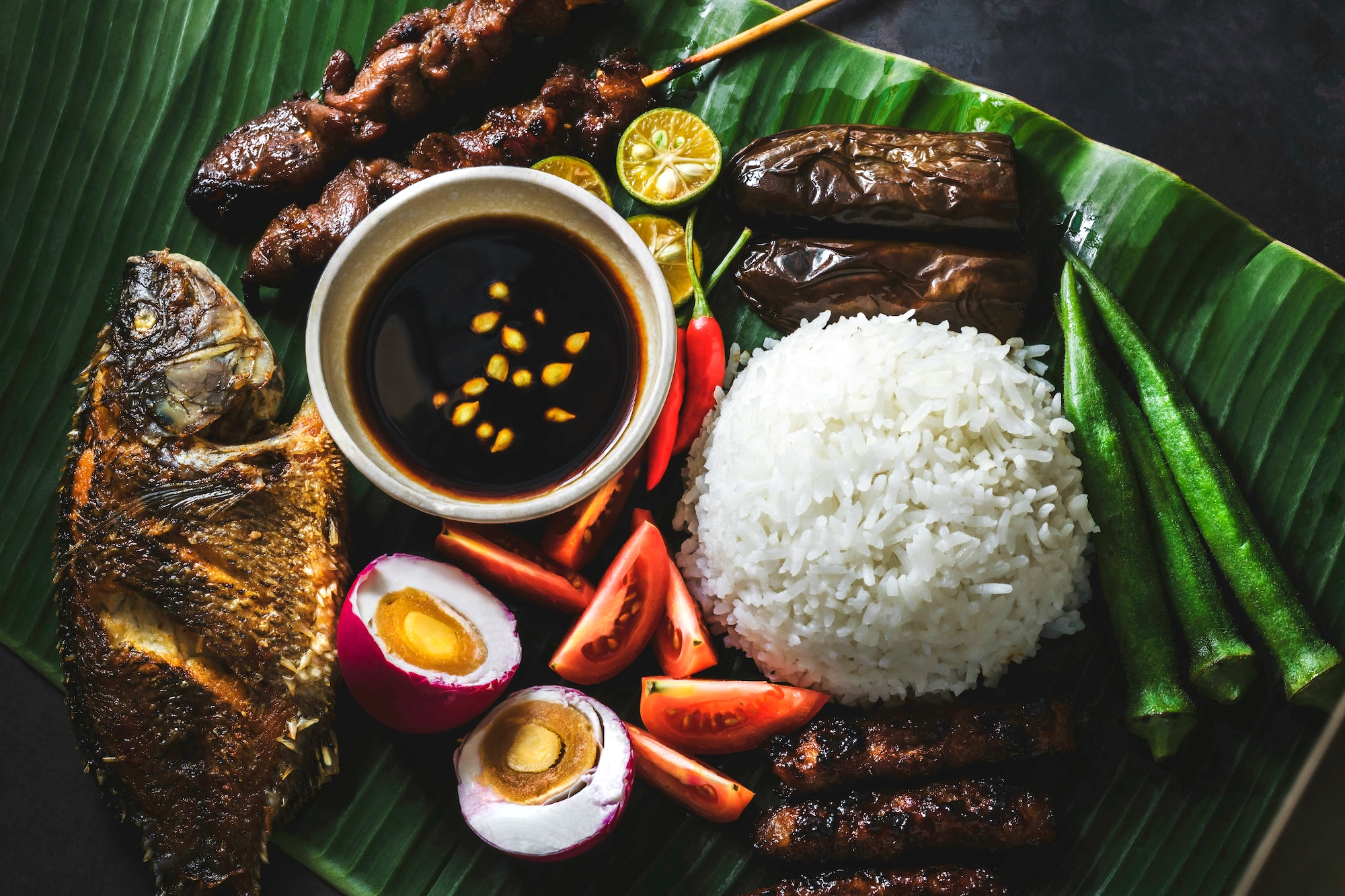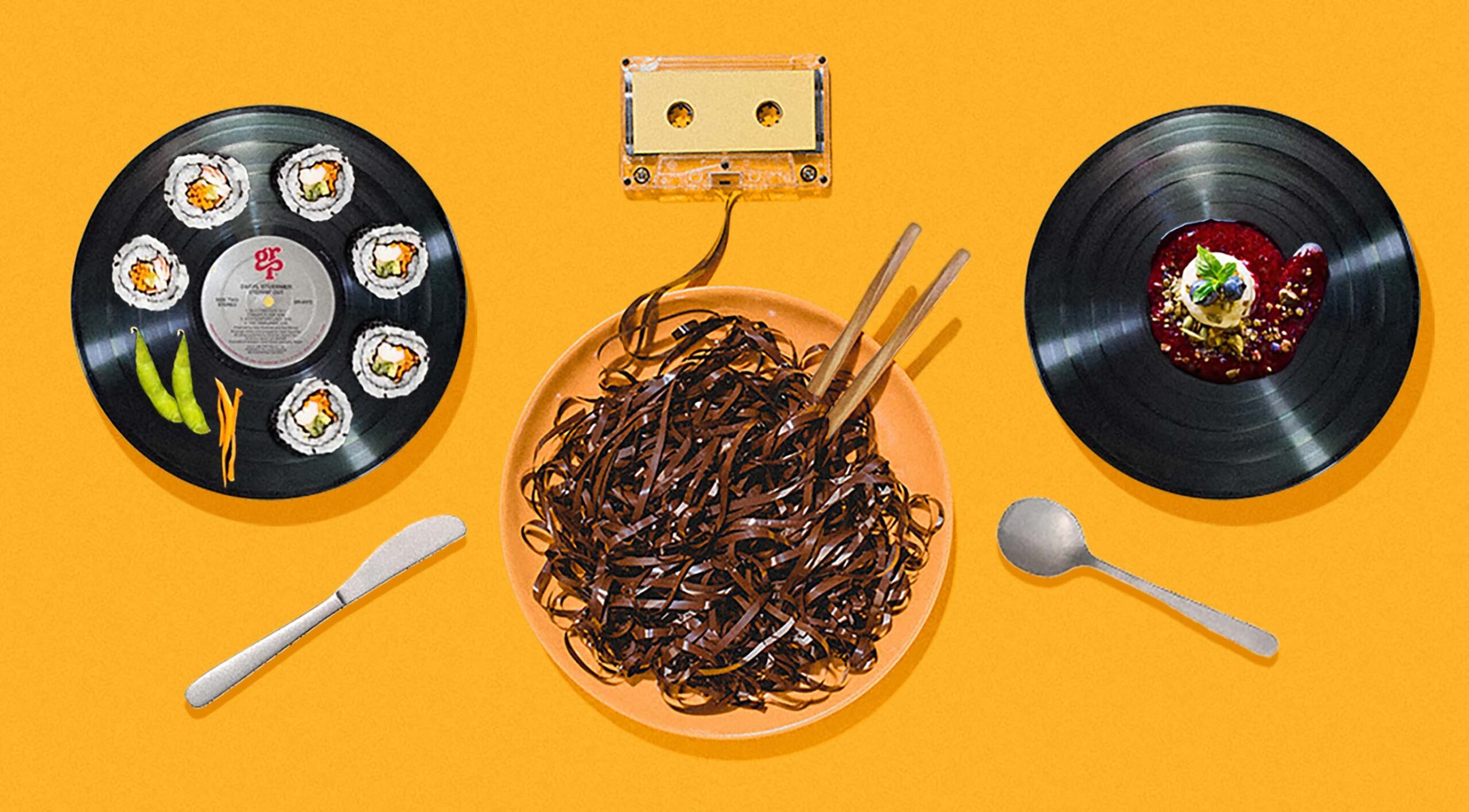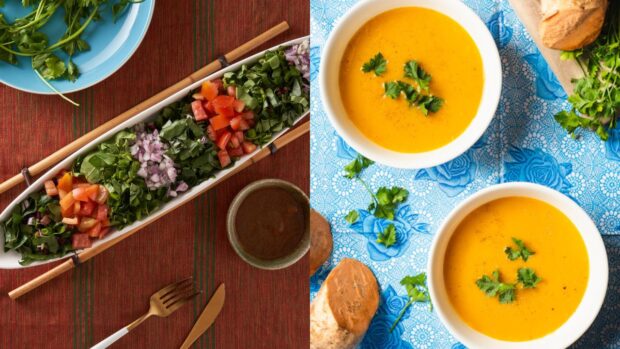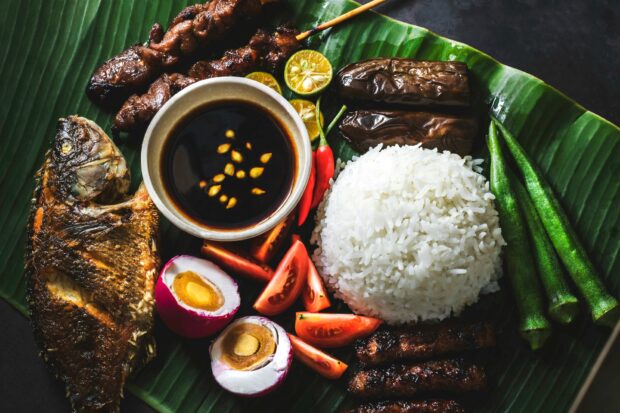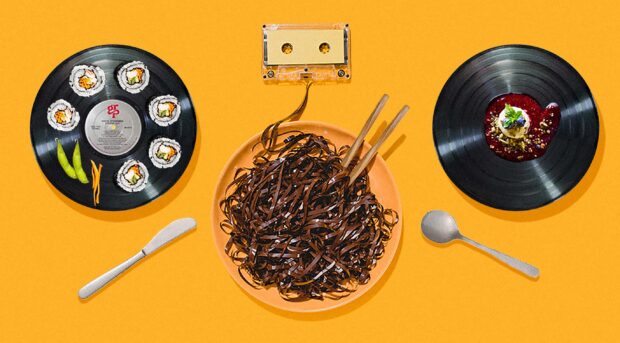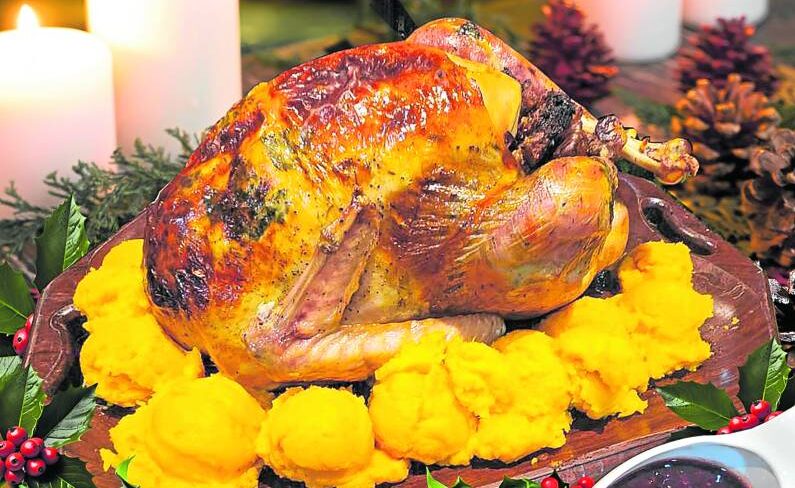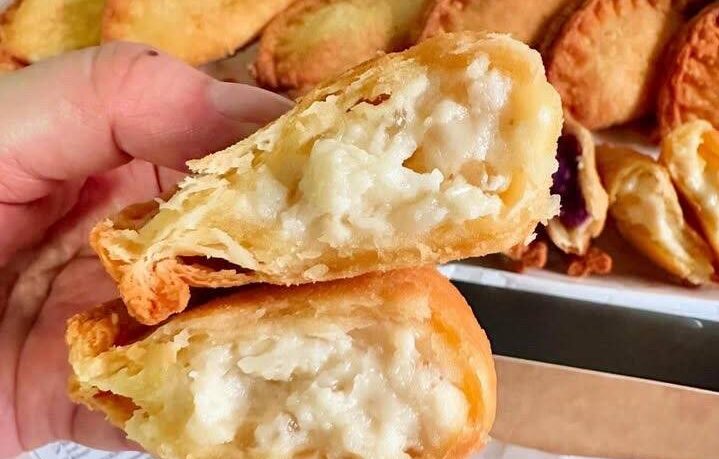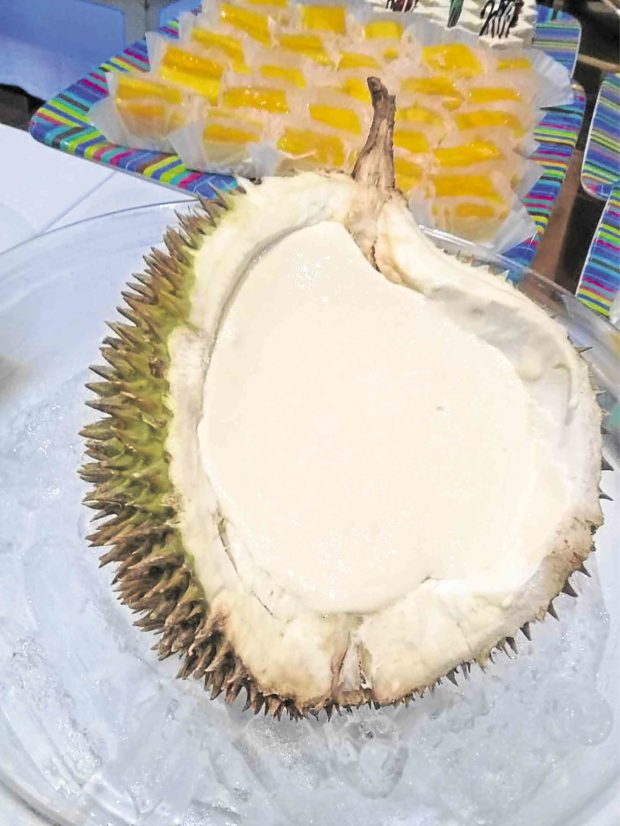
Every year, judges in the culinary competition, Kumbira, in Cagayan de Oro, look forward to the event also as a time to relax, as well as to enjoy the company of culinary professionals we don’t get to see in Metro Manila.
It is also a time to reconnect with the Cohara (Cagayan de Oro Hotel and Restaurant Association), the event organizer whose members’ efficiency and camaraderie have enabled the staging of Kumbira for 22 years now.
But for a moment, I had to gather my wits, having been on the go for two weeks around Mindanao doing research on the region’s cuisine. And yet how fortunate that the theme of this 22nd Kumbira was “The Kitchens of Mindanao.”
Mindanao kitchens involve an array of cooking by indigenous peoples, Moro ethnolinguistic groups, Islamized indigenous peoples and migrants. That makes for much variety of dishes, techniques, ingredients, practices.
As judges, we look not only for correct flavors and presentation, but also for creativity and research. For instance, the students who did banana desserts were asked to present more Filipino concoctions, like the linupak, which one group did instead of the usual cheesecake and mousse.
The students have been using Thai techniques in fruit and vegetable carving for years, even if we have far more delicate and carving techniques, such as the dayap artistry in Bulacan, whose foremost artist has passed away.
And why not the okir design of the Moro groups? Okir sometimes uses vine and flower patterns.
We also suggested the use of sarimanok, the mythical bird identified with the Maranao people, instead of the peacock as some carvers are wont to do.
I had a short talk on food writing and research about Mindanao cooking. My presentation included feasts like the Pagana Maranao and Maguindanao and Tausug Dulang.
At the end of the talk, I asked the audience what food they wanted me to try in their province or region. They gave me a wealth of terms and specialties.
Ilogon is chicharon bulaklak, patutin is pato tim or humbang pato. Abatod is the Manobo milk worms.
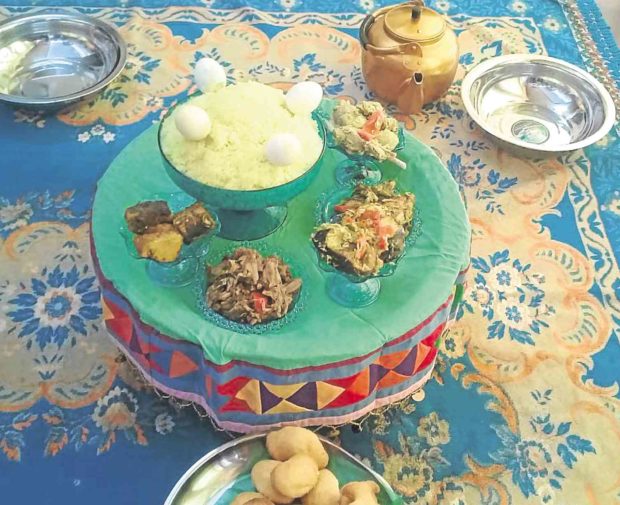
Welcome dinner
At the welcome dinner for judges at the Limketkai Luxe Hotel, chef Benjie Gaviola made more than one Mindanao dish. There was piyaparan a manok, a Maranao chicken dish with turmeric, cooked in coconut milk with grated coconut sprinkled all over, flavored by a Maranao herbal concoction called palapa that uses the sakurab, a native scallion.
Tausug tiyula, beef stew, didn’t have the pamapa itum or the spice mix with the burnt coconut. He said
he didn’t want his Manila guests to be turned off by the black broth.
Quite inventive was the durian custard, creamy like the fruit which had the flavor and just a wee bit of smell. Durian and marang are two fruits not allowed in any hotel in Mindanao.
Filipino cooking seems to be the trend in some restaurants in Mindanao. The dishes are termed heritage cuisine.
Best seller
At Cucina Higala in Cagayan de Oro, we were told the best seller is beef rendang, a Maranao version which includes palapa in this spicy beef stew. Palapa was also served as a condiment to the rendang.
Owners Jan and Maggie Uy said I should try chicken surol, cooked in coconut milk and flavored with local oregano. It was better than the one in Camiguin, where the dish is from.
The restaurant also updated the binaki, the corn cake of the province served in a hot pan with ice cream on top, a hot caramel sauce poured in and slivered almonds scattered, which I thought should have been cashew, a great product of the province.
Josy Aliñabon
The judges of National Food Showdown were saddened by the death of Cohara member Josy Aliñabon, who, every year, took care of the lunches of the judges during the competition. She suffered a stroke and was in the hospital when we arrived.
We were told of her passing two days after the Kumbira, as if she wanted the proceedings to go smoothly while we were there. We will miss her lilting Ilonggo accent as she would tell us the menu of the day and shared stories at dinners hosted by Cohara members.
Rest in peace, Josy.


